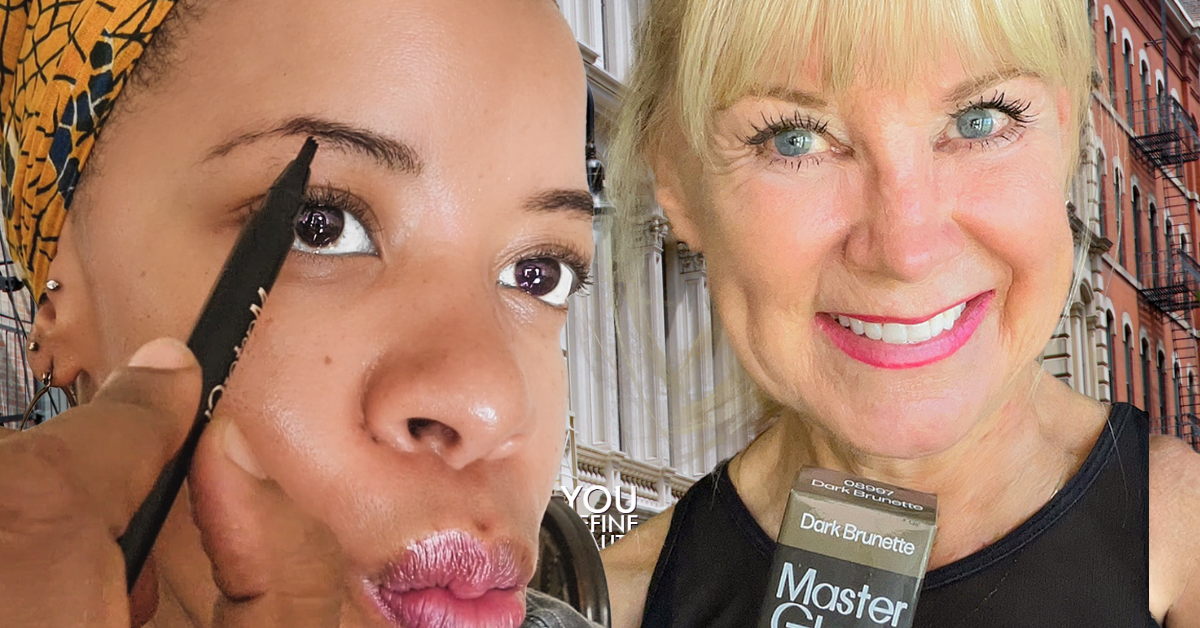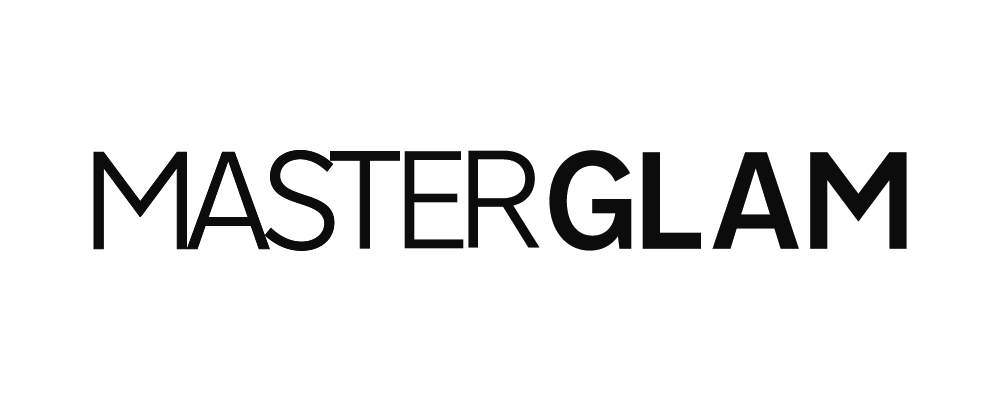Microblading is a popular eyebrow tattoo procedure that came over ot the US from South Korea in the early aughts. Its rise in popularity in the US can be attributed to Bella Thorne’s decision to document her microblading procedure at Microblading LA in Woodland Hills in a series of 2016 snaps. Microblading has since taken off like wildfire and become as mainstream as afterschool lip filler for the young and old. The industry has evolved in a major way from the olden days of 3d and 6d powder brows; there’s now no shortage of new, ultra-precise techniques helping new audiences wake up to perfectly shaped and filled in brows with zero upkeep. Whether you're new to the world of microblading or have been considering the procedure for a while now, it’s essential to stay up-to-date about the latest techniques. As we close in on the end of 2023, here’s our list of the top 10 things you need to know before taking the plunge with microblading:
|
Microblading |
Microshading |
Peptide Serum |
|
$250 to $1000+, depending on location and expertise |
$500 to $1200+, depending on location and expertise |
$10-$50 per unit |
|
Touch-ups recommended every 12 – 18 months |
One touch-up is recommended every 12 – 24 months |
Applied up to twice per day |
|
Lasts for 1-2 years, 3 years with proper aftercare |
Lasts for 2-4 years, 6 years with proper aftercare |
Results begin to show after 1 month of daily use with greater variance in results |
|
Not for oily skin |
Suitable for all skin types |
Suitable for all skin types |
|
Small needles are used to deposit pigment superficially into the epidermis and papillary dermis to create an illusion of eyebrow hairs where there aren’t any (Nguyen, Hu, & Tosti, 2023) |
Small pigmented dots are deposited throughout the eyebrow to mimic the appearance of eyebrow makeup (Nguyen, Hu, & Tosti, 2023) |
No blades; reduced risk of irritation; helps achieve clinically significant growth without the use of prostaglandin analogs (Nguyen, Hu, & Tosti, 2023) |
Proper before care is essential
The success of your treatment will depend partially on how well you adhere to your brow tech's recommendations. Here's a list of things to avoid in the weeks leading up to your procedure.
- Avoid using fruit-based exfoliants like glycolic acid and salicylic acid and prescription retinoids containing tretinoin. These ingredients have the potential to increase the sensitivity of the skin
- Workouts, steam rooms, and strenuous physical activity is not recommended. The eyebrows contain sweat glands., which can cause microblading to turn out blotchy, uneven or accelerate fading
- Avoid alcohol and ibuprofen a day before the treatment.
Communicate, communicate, communicate
Make sure that you and your brow tech are on the same page when it comes to:
Your full medical history. Here’s a non-comprehensive list of the most common types of medical complications that your technician will screen you for, and why:
- Blood thinners like warfarin, apixaban, rivaroxaban, and dabigatran, cortisone, and steroids can cause complications
- Underlying skin conditions or autoimmune disorders, such as psoriasis or sickle cell disease (SCD) can trigger a flare-up over areas that were previously unaffected
- Hemophilia can cause unwanted bleeding and complications
- A prior face lift, brow lift, or brow tint procedure. Your brow tech can correct for this in pigment selection and stroke placement.
- Microblading while undergoing chemotherapy or radiation therapy. While microblading can be a transformative experience, it is best done before the start of therapy or after remission. We recommend talking to your oncologist about your options.
The brow tech will numb the area using lidocaine cream and wait for about 20 minutes. The actual procedure itself will take 30-40 minutes and with numbing spray mid-procedure. If you have a low threshold for pain, you can ask your tech to engage you in light conversation.
Beware the potential of scarring
If you are prone to developing keloid scars that grow beyond their original margin, be aware that keloids occur more often after tattoo removal than the microblading procedure itself. If you have a family history or are prone to keloid scarring, discuss your risk with the brow tech.
Consider the state you live in
While the microblading industry has evolved considerably since its inception, regulations have been slow to follow suit. In New Jersey, brow techs are required to attain AAM or SPCP certification and complete 40 hours of training, while other states may not require a cosmetology or esthetician’s license. In Idaho, there are no laws and regulations around microblading, so you may want to consider making the trip out to Portland or Seattle.
Take care of the after care
Treat your microblading like an investment. Extend the life of your results by follow the appropriate aftercare procedures provided by your brow tech. Stay away from the gym, sauna, steam room, and anywhere else you can think of that might make you sweat, as sweating can push out the pigment and cause premature fading. Wait until your brows have fully healed before re-introducing glycolic and salicylic acid into your skincare routine. Dab a cotton swab in a protective occlusive agent like petrolatum (but not too much, and don’t use antibiotic cream unless your brow tech says it’s okay) and swipe it over your brows if you have to apply these ingredients on or near the brow area. These ingredients increase the rate of cell turnover, which can accelerate fading.
Budget for the worst.
While microblading does gradually fade over time, it’s important to consider that removing results that you aren’t happy with isn’tIf your new brows turn out to be asymmetrical, too thick, or the wrong tint, there are two ways to remove microblading: combined pico- and nano-laser removal, which is more expensive and effective, and saline removal. Your technician will likely use the PiQO4 machine to help break up the pigment particles into smaller pieces that are then harmlessly flushed out by your immune system. This can cost several hundred dollars per session, and it may take several sessions to achieve results that you are happy with. Budgeting for this expense can save you from a lot of heartache down the road if you if you do decide you are unhappy with the results.

The PiQo 4 machine uses 4 wavelengths of lasers to effectively break down pigment in the skin.
Ask your tech the right questions
Spend a decent amount of time reading and researching their testimonials on Instagram or TikTok.
- Pay attention to their professionalism, attention to detail, and how well they adhere to common sterilization procedures. Are they using a chair cover? Do they remove sterile needles from their single-use packaging in front of the client?
- Ask them for a copy of their care sheet, which should include their personal phone number in case any complications arise.
- Verify that your tech’s license is in good standing with the American Academy of Micropigmentation (AAM) or SPCP (Society of Permanent Cosmetic Professionals)- they don’t have a search engine on their website, but you can call them using the phone numbers listed below to locate a board-certified technician or to verify:
|
American Academy of Micropigmentation |
Society of Permanent Cosmetic Professionals |
|
310-882-9538 |
918-922-9474 |
|
info@micropigmentation.org |
admin@spcp.org |
Paying attention to the small things will also reap dividends. Here are some more questions you can ask your brow tech to get a sense of how they operate:
- Do you prefer using a Golden Mean Brow Caliper, a Vernier Caliper, a T-shaped eyebrow scale to measure out the eyebrow?
- What numbing agents do you use for patients who have a lower threshold for pain?
- Are you self-taught? (important: if you live in a state where microblading isn’t regulated, this is an important one)
With the right maintenance routine, commitment to physical sun protection, and common sense, microblading can be a transformative, life-changing experience. It’s crucial to be well-informed about the risks in not following proper before and aftercare. Take the time to research and get to know the technician.
References
Akoh, C. C., Akintilo, L., Shankar, S., & Lo Sicco, K. (2021). A rare case of microblading-induced preseptal cellulitis. JAAD case reports, 16, 98–100. https://doi.org/10.1016/j.jdcr.2021.08.014
Nguyen, B., Hu, J. K., & Tosti, A. (2023). Eyebrow and Eyelash Alopecia: A Clinical Review. American journal of clinical dermatology, 24(1), 55–67. https://doi.org/10.1007/s40257-022-00729-5


